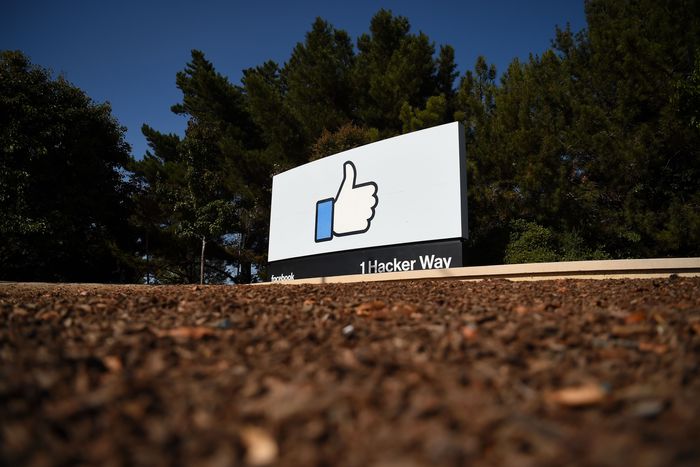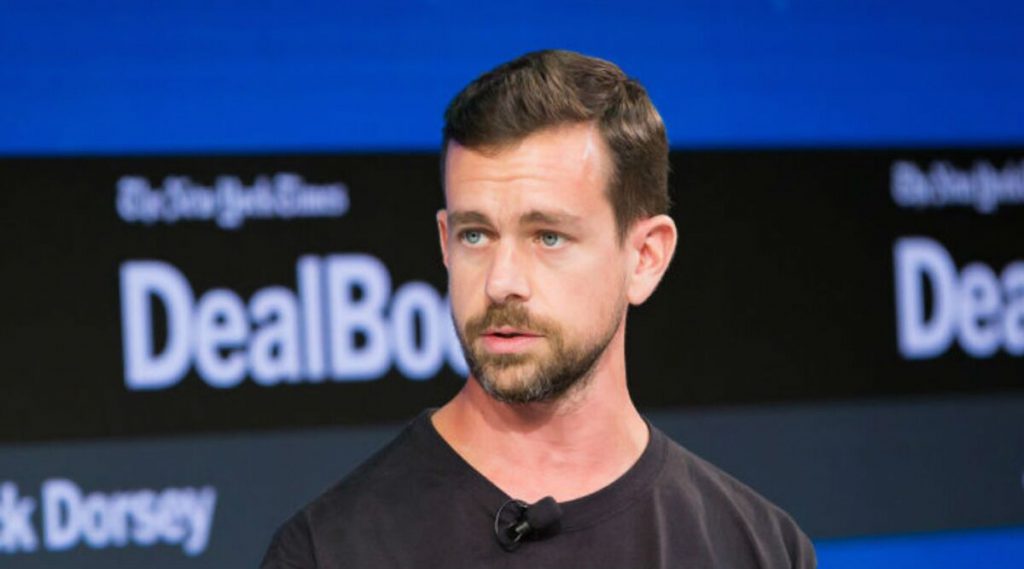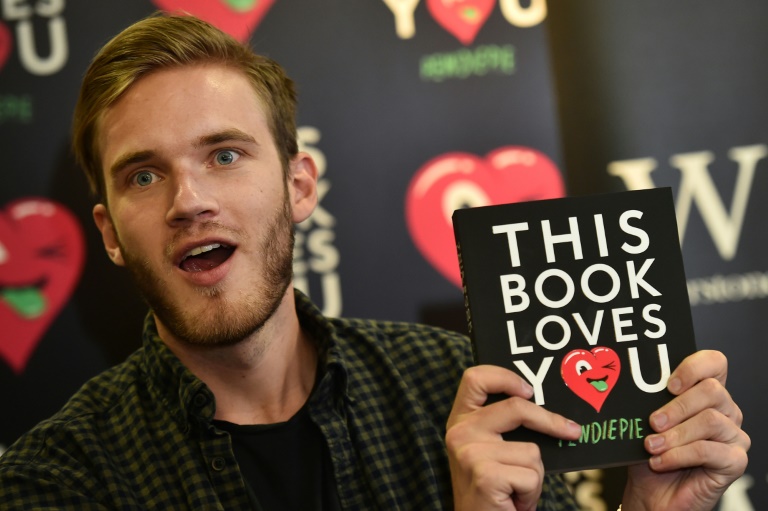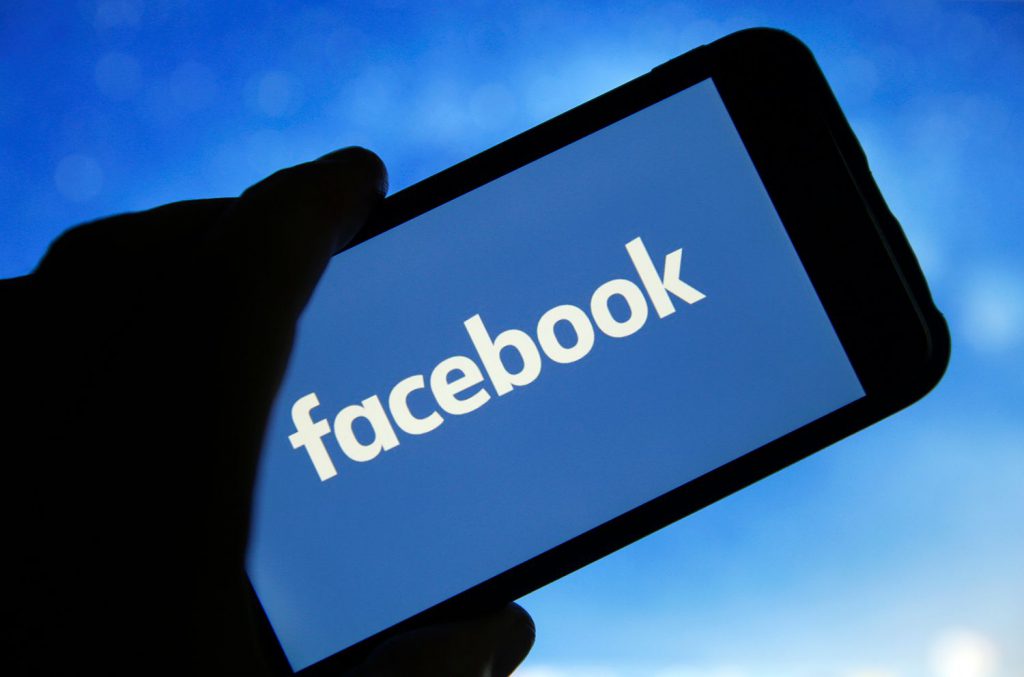By Josh Barro

Facebook founder Mark Zuckerberg says he believes, within 10 years, about half of Facebook’s workforce will be working from home permanently. And the company, having found success with its involuntary shift to remote work during this pandemic, is starting its move in that direction now: making most open jobs available for work from home, and allowing many of the company’s office-based employees to start working remotely, too. But he says the company will “adjust” pay based on the employee’s actual work location — workers who currently earn the high salaries associated with the high-cost Bay Area may not get to keep them if they move somewhere cheaper.
The policy raises two critical questions: One, will Facebook really find it tenable to go to a model that relies much less on in-office work? And two, if it does, will it be able to maintain a policy of paying employees different salaries for the same work based on their location? I think the answers to both questions are unclear, but I also think that they are inversely related: the more Facebook shifts to work-from-home, the harder they will find it to pay employees location-based salaries for the same work.
“Like the second we all started working from home, everyone started speculating about whether working from home would be the next big thing,” says Betsey Stevenson, a labor economist and professor of public policy at the University of Michigan. “But we also remember Marissa Mayer calling everyone back to Yahoo! and saying, ‘This working from home thing isn’t working out.’”
Traditionally, the big tech firms have located in expensive labor markets like Silicon Valley because they believe they’re able to make more money by doing business there — a sufficiently greater amount of money that it’s worth paying the high salaries skilled workers there demand. Silicon Valley has the world’s greatest pool of skilled tech workers, and tech firms believe that those people do better work when they are physically near each other, interacting in-person, and drawing on each other’s expertise. If tech firms did not believe they got value out of the Silicon Valley location, they would move somewhere where the labor and the real estate are cheaper. And while significant numbers of workers in the industry already worked from home some or all of the time before the pandemic, there had also been pushback against that trend — most famously at Yahoo — driven by a sense among some executives that workers do better work when they are in the office more. Tech firms provide extensive and expensive amenities, including free meals, in part to induce employees to come physically into work and see each other.
If that thinking gets turned on its head — if Facebook and its peers decide they actually don’t care nearly as much about workers being in an office or in the Bay Area as they thought — then the substantial wage premium that exists for workers in Silicon Valley will be harder to justify. The Valley will remain a repository of talent, and to the extent workers there are more skilled than workers elsewhere, they’ll be paid more. But the part of the wage premium that was driven by the benefits of physical presence would go away. If Facebook really believes location doesn’t matter much anymore, it shouldn’t just be allowing its workers to move away from Silicon Valley, it should be actively shifting its employment footprint away from Silicon Valley, toward places where skilled workers are willing to accept lower salaries.
And in this scenario, I don’t think Facebook would have a lot of success benchmarking those remote workers’ salaries to their specific locations. After all, suppose one Facebook worker decides to work from home in San Diego and another equivalent worker moves to Boise. How will Facebook be able to hold down the salary of the Boise worker when both workers add the same value? Previously, you might have said it was because the Boise worker would have a harder time finding a more lucrative job offer in Boise, so he’d be less likely to quit over low pay. But now why wouldn’t one of Facebook’s competitors, having similarly discovered that remote work is just fine, hire away the low-paid Facebook workers in the low-cost markets?
Jed Kolko, the chief economist at the job-listing website Indeed, says Facebook’s ability to set salaries based on location will be determined by its competitors’ preferences and practices. If many other large, prestigious tech firms similarly decide they are prepared to go to a much less office-based culture — and Google is being more circumspect than Facebook, at least for now — that could lead to a much more national labor market in the tech industry, with reduced geographic variation in pay. Instead of competing mostly against workers in their local area, workers will compete for jobs with workers all over the country. Firms will also be competing with faraway firms to hire employees. Kolko says there is one way this shift should benefit both workers and firms: Better matching, with more workers finding a job that best suits their skills and interests. Other effects are more uncertain. Firms bidding against more firms could push national average wages up, but workers bidding against more workers could push them down. It is also possible American workers could face more competition from foreign workers — if a job doesn’t need to be done in the U.S., it usually doesn’t need to be done by someone with authorization to work in the U.S. — though sending jobs abroad adds logistical, cultural and tax implications not associated with increased geographic diversity within one country. In particular, virtual simulations of in-person interactions, such as Zoom meetings, are much more viable when employees are all in the same or similar time zones.
My best guess is the Silicon Valley pay premium will be maintained because, post-pandemic, companies will realize they were getting significant benefits from both regional agglomeration and face-to-face office interaction, and that a better-than-expected experience with temporary remote work does not mean it should be adopted as a permanent model. Stevenson, the labor economist, notes in particular that remote working seems to work better for employees who have already had extensive in-person interactions with members of the organization where they work; it is harder to integrate a new hire into in organization of people he or she has barely met. So as companies begin hiring again, they may rediscover some of the lost virtues of the office. As such, I would take the “under” on Zuckerberg’s projection that half the company’s workforce will be remote by 2030.




